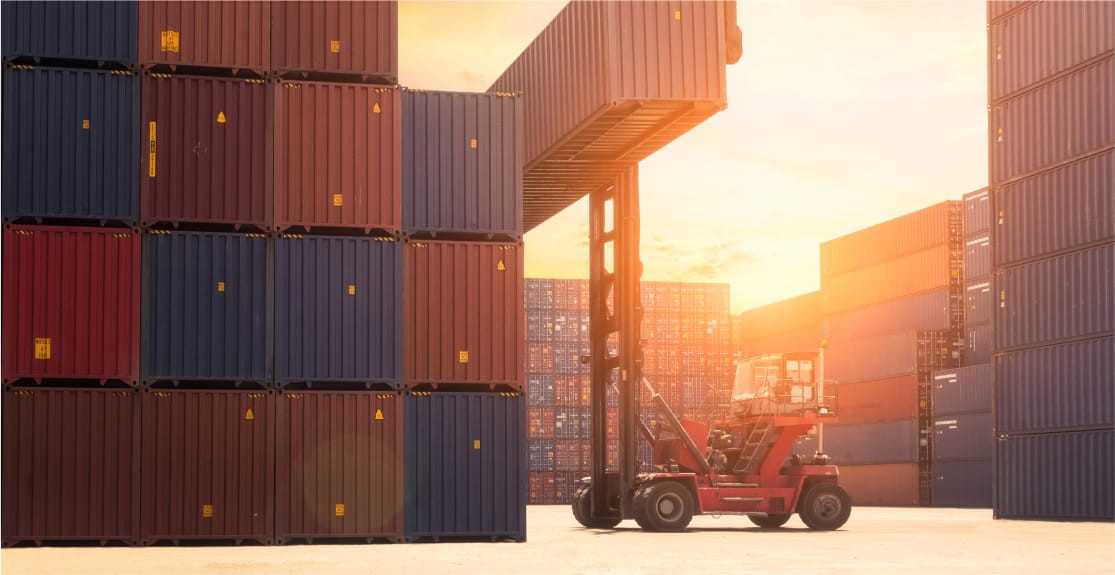The process of transporting goods or products across borders through inspection measures according to various legal procedures by the Customs Department, e.g., Land Customs Formalities, Ship Customs Formalities, Air Customs Formalities, and import and export facilitation for MICE industry.
On this page
Importer/Exporter Registration with Thai Customs
Download registration forms
Traders who wish to use Customs Department’s electronic services (e-Customs) must register to become registered traders and be included in the Customs Department’s database before being able to use the services.
Registration form can be downloaded from the Customs Department’s website www.customs.go.th Topic Traders > Select Import/Export Registration then select the relevant subtopic
Remark
In case the importer/exporter is a government office, state enterprise, embassy, non-profit organization or any other organizations without Tax ID, registration must be done in person at the Office of Import-Export Registration, Registration and Privilege Section, Customs Standard Procedures and Valuation Bureau, Customs Department only.
2
Preparing Documents
Customs Brokers
Authorized by importers – exporters to electronically conduct Customs procedures on behalf of an individual or a juristic person.
There are two types of Customs Brokers:
- General Customs Broker is a person authorized by Customs Department to conduct Customs procedures
- Authorized Economic Operator (AEO) is a general Customs Broker who with additional freight security measures, providing competition edge in the international level. AEO can conduct Customs procedures swiftly with Customs privileges.
3
Fill the Form and Submit the Documents
- To cross out the documents, please write “For the Customs Department Only.”
- Only sign in the fields provided.
- You can fill in the form by writing or typing. However, the handwriting must be all the same.
- Do not stamp the company/organization seal over the signature.
- Use a blue ink pen to fill in and sign the form.
- Suppose any “official documents” are required to accompany the application form. In that case, The Customs Department will notify the authority in charge to issue the official documents unless the applicant wishes to bring those official documents himself.
4
Registration Submission
Traders wishing to perform electronic Customs formalities must register to be listed in the Customs Department’s online database. There are two options for registration
1. Register online
Register online at the Customs Department’s website www.customs.go.th
2. Submit hard copy of registration form
- Office of Import-Export Registration, Registration and Privilege Section, Customs Standard Procedures and Valuation Bureau
- General Administration Subdivision
- Customs Offices or Customs Checkpoints authorized for registration
5
Find tariff rates for your products
Nowadays, importing goods is not as difficult as you think if we know how to calculate the customs tariffs. We, therefore, provide some helpful information for your reference:
What is the HS CODE? (Harmonized System Code)
- International product classification system.
- Each code represents the meaning of each type of product.
- HS CODE is used to indentify the international import/export tax rate.
- All the products are classified into 21 sections and 97 chapters.
How to read the HS Code?
- The tariff number has 11 digits.
- The World Customs Organization (WCO) determines the first six digits.
- The next two digits represent the ASEAN Customs Tariff (CEPT Code).
- The last three digits are the statistical codes defined by each country.
How important is the HS Code?
- HS Code is used to set the inbound/outbound tax rate.
- Knowing the correct HS CODE will enable you to know the type/category of the product for tax calculations and be able to apply for FTA tax privileges.
- HS Code is Used to calculate taxes and costs to prevent trade losses.

